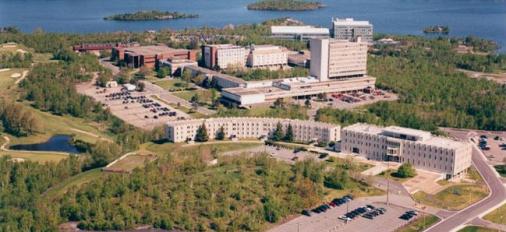Stan Sudol is a Toronto-based communications consultant who writes extensively on mining issues. stan.sudol@republicofmining.com
The Sudbury Basin itself, is the third most strategic and richest hardrock
mining centre in the world. The four combined mining clusters found in
Sudbury – mineral operations, education, research and supply and
services – are globally unique. (Stan Sudol)
Ontario’s mining industry is facing a perfect storm of skills shortages – mining engineers and geologists – at a time of severe provincial budget constraints. These fiscal problems will only diminish the mineral sector’s post-secondary education programs at a time when global economies are experiencing the most extraordinary demands for metal products in the history of mankind – a commodity super cycle.
According to the Mining Industry Human Resource Council’s (MiHR) 2010 Canadian Mining Industry Employment and Hiring Forecast report, under the baseline scenario the Canadian mining industry will need to hire 100,000 new workers by the end of 2020. This is the number of workers required to fill newly created positions and also to meet replacement demand as workers retire or leave the mining industry.
That forecast represents MiHR’s baseline scenario, if commodity prices perform better than expected (the expansionary scenario), the cumulative hiring requirements could reach nearly 135,000 workers by 2020.

























